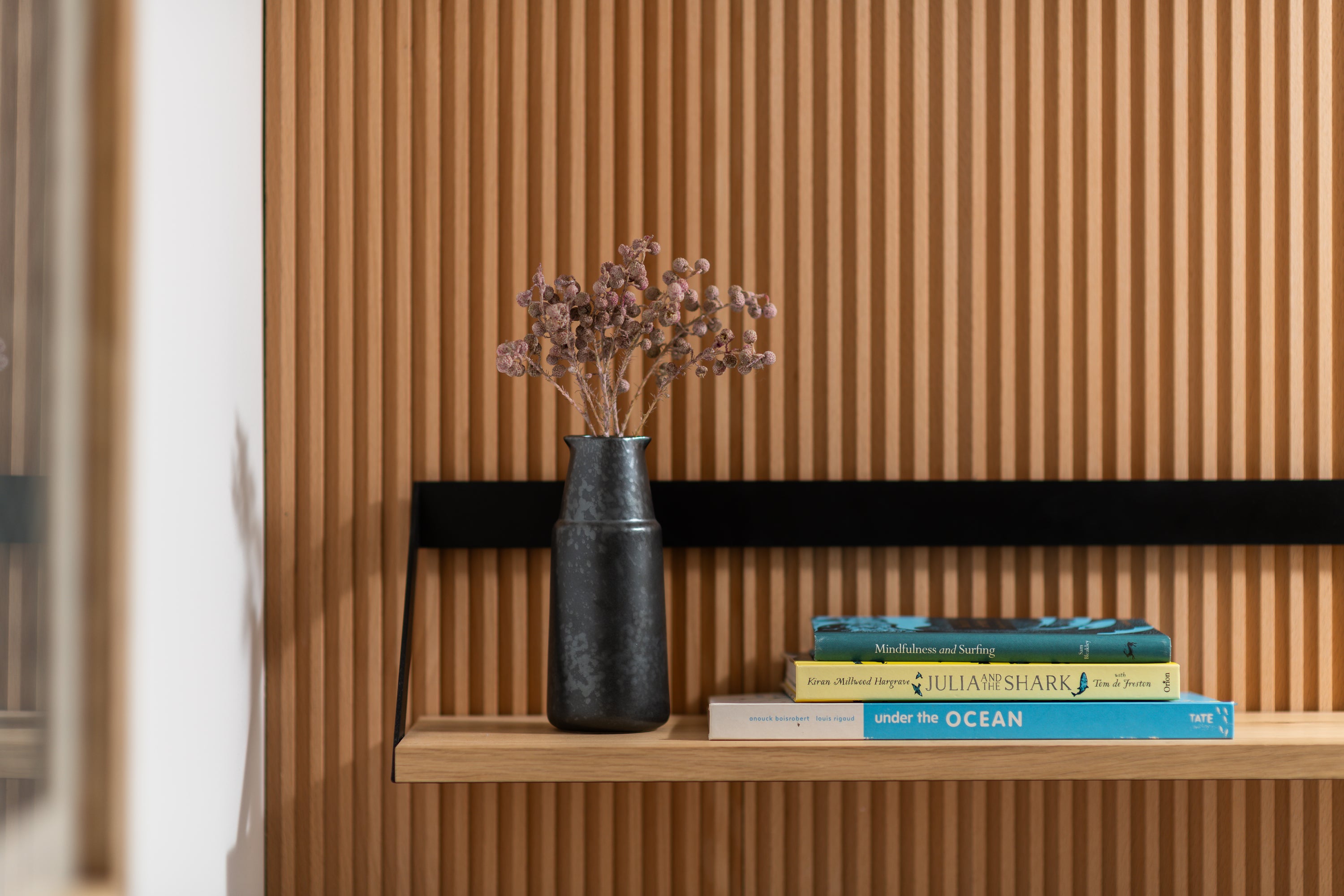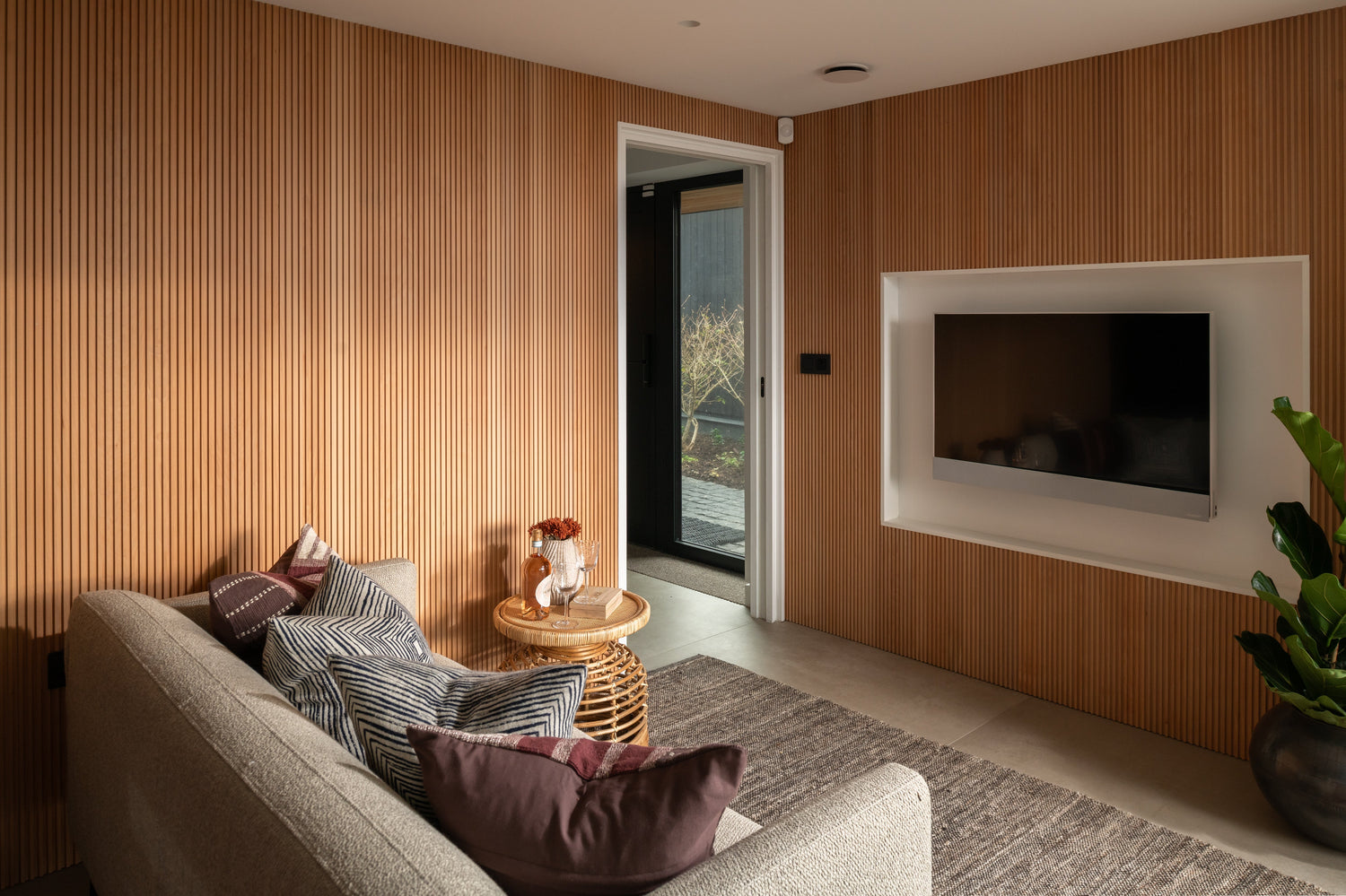Solid wood panelling can be a perfect choice for your project, and you might have noticed it out in family homes, partly due to its warm character and its ability to add elegance to your home. It’s a great choice for renovating existing space as well as embarking on a new construction project.
However, it is vital to know which solid wood is the best choice for your project, to achieve the desired aesthetic and functionality, as well as the best price for you. Keep on reading to learn more about which solid wood panelling is the right one for your home.
Start with the budget:
One of the key first steps is to figure out what your budget is. Solid wood panelling can come in a variety of different pieces based on the choice of wood as well as the size of your project. For example, you need to take into consideration the choice of species, grades, and finnish. As well as price, all these considerations will lead to a different aesthetic.
Choose wood species:
It’s also important to choose the most appropriate wood species for you and your home. Different wood species offer different characteristics in terms of colour, grain pattern, and durability. Some popular wood species for solid wood panelling can include:
- Oak
- Walnut
- Mahogany
- Pine
- Cedar
- Ask
- Maple
As well as these different characteristics, if you end up using any of the solid wood panels for projects that could be exposed to exterior conditions, then do consider this in your decision. For example, cedar is a durable choice should any of your solid wood panels become exposed to the outdoors.
Determine the Finish:
The finish you apply to your solid wood panelling can also have a significant impact on its appearance, and longevity. If you would like to have full control of its final aesthetic, then you can decide on an unfinished wood. As well as this control, this is cheaper than prefinished which may work better for your project.
Pre-finished on the other hand is a sensible option if longevity and protection is a number one priority. A proper finish helps to seal the wood and protect it from elements like rain, sunlight and dirt.
Can you mix different wood colours in your house?
Some people may wish to mix different wood colours in their home, and the good news is it’s okay to mix wood tones in your home decor. Wood tones fall into the neutral category making them easy to mix, and following the below tips can help ensure the wood looks as good as possible.
Selecting common undertones is a sensible first step. Determining the undertone of the wood (defined as the underlying hue of the wood) can help set the basis for matching wood flooring. Figuring out the most dominant wood tone in your space is a good way to do this. It’s also important to make sure that every wood tone variation is used at least 2-3 times throughout a space.
There is no need to overcomplicate things, your home will evolve as time goes on and you will get a feeling for what you like.
Overall, we hope this article has helped you learn about some of the key steps for selecting the right wood panelling for your home.





